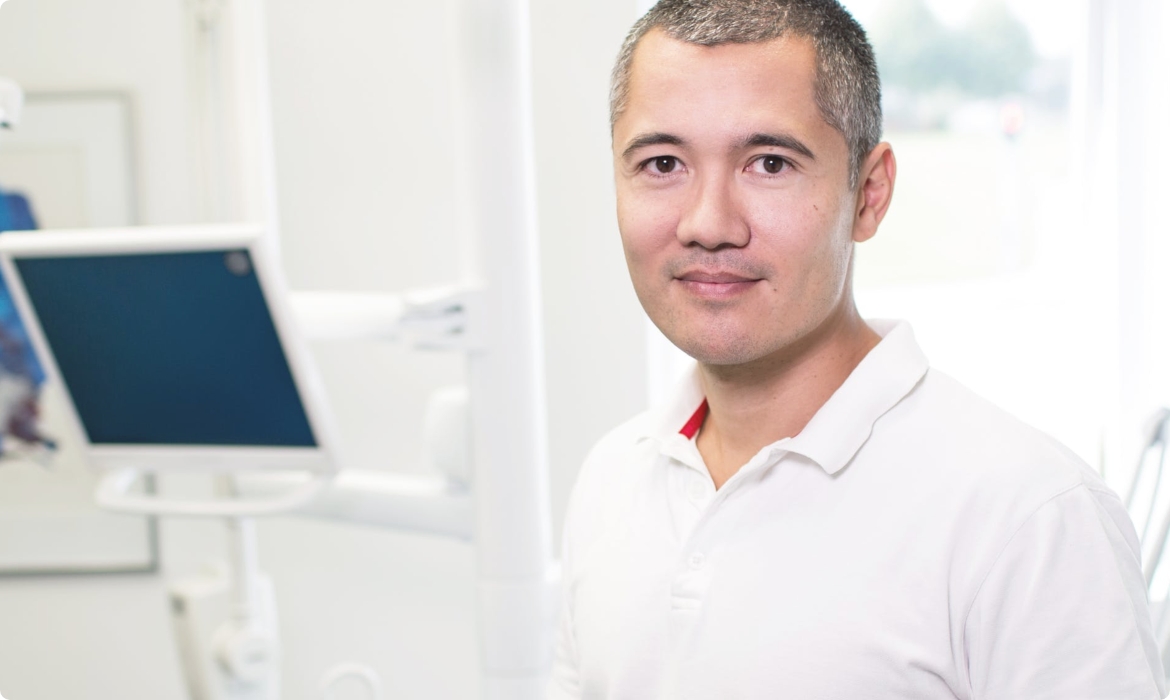“We were feeling stressed and on edge because of the amount of patients we had to see, and the amount of documentation we had to complete. The notes suffered. And we couldn’t give the facetime to patients that everyone would have wanted.”
At a health system 30 miles outside Pittsburgh, the rounding hospitalists were seeing a growing number of encounters. They could hold their own at 20 to 25 patients a day per hospitalist. That was the maximum trigger. But there were consistently higher admission rates and seasonal surges to 35 patients. This threw off the providers’ work/life balance, creating stress and burnout. In 2016, the turnover rate hit 43%.
But there was more than a provider satisfaction and retention dilemma. Patient flow suffered. The HM IC affected emergency department profitability. And while CMI was stable below the trigger, the hospital couldn’t expect more complex and ultimately profitable notes on surge days. Something had to be done.
By spring of 2017, the managed care organization staffing this department implemented a medical scribe program. One goal was to combat caregiver burnout. They also aimed to improve productivity and documentation capture while lowering Medicare LOS. Give the physicians the support they needed to offer optimized care, and they would be happier with durable and sustainable client relationships.
The physicians at this site were working a seven on/seven off schedule. Like virtually all hospitalists, they believed that seeing the same patients throughout the week created continuity of care and a stronger therapeutic rapport. Almost immediately after scribes arrived, physicians and administrators experienced the improvement.
Able to focus on patient care rather than documentation, doctors were seeing more patients. At one point, there were as many as 142 on the floor. And yet the hospitalists felt energized. There was an increase of encounters to more than 35 patients each per day. This while actually improving the quality of documentation. Moreover, the readmission and mortality rates both decreased.
“Before my scribe began to help me, it felt like I was treading water. I saw high numbers of patients and did my best to complete documentation during the clinical day. Sometimes I took work home to offer an accurate record of each encounter. But I struggled to remember details. That’s all changed.”
To ensure ongoing success, scribes at this site have supplemental training in hospitalist medicine, present peer to peer on relevant topics, and sit for a daily, hospitalist-led CDI to discuss ways to improve documents. Was a claim denied by an insurance company? Was something else missed? The scribes’ work product achieves added precision from a lecture series with other in-house stakeholders at the hospital. In that sense, the program mimics an academic medical center.
“The physicians ALL prefer working with scribes. The program delivered on satisfaction and multiple other fronts. IC decreased. The revenue per encounter increased. The CMI improved in terms of complexity and accuracy. ScribeAmerica also helps us recruit talent because our hospitalists appreciate the value of this support.”

With our work-flow analysis, increased productivity is possible.
“This program does more than give us back ownership of our day. My scribe is so attuned to my needs that she can act as a liaison between me and the nursing staff or others on the care team. She’s my right hand on many occasions.”